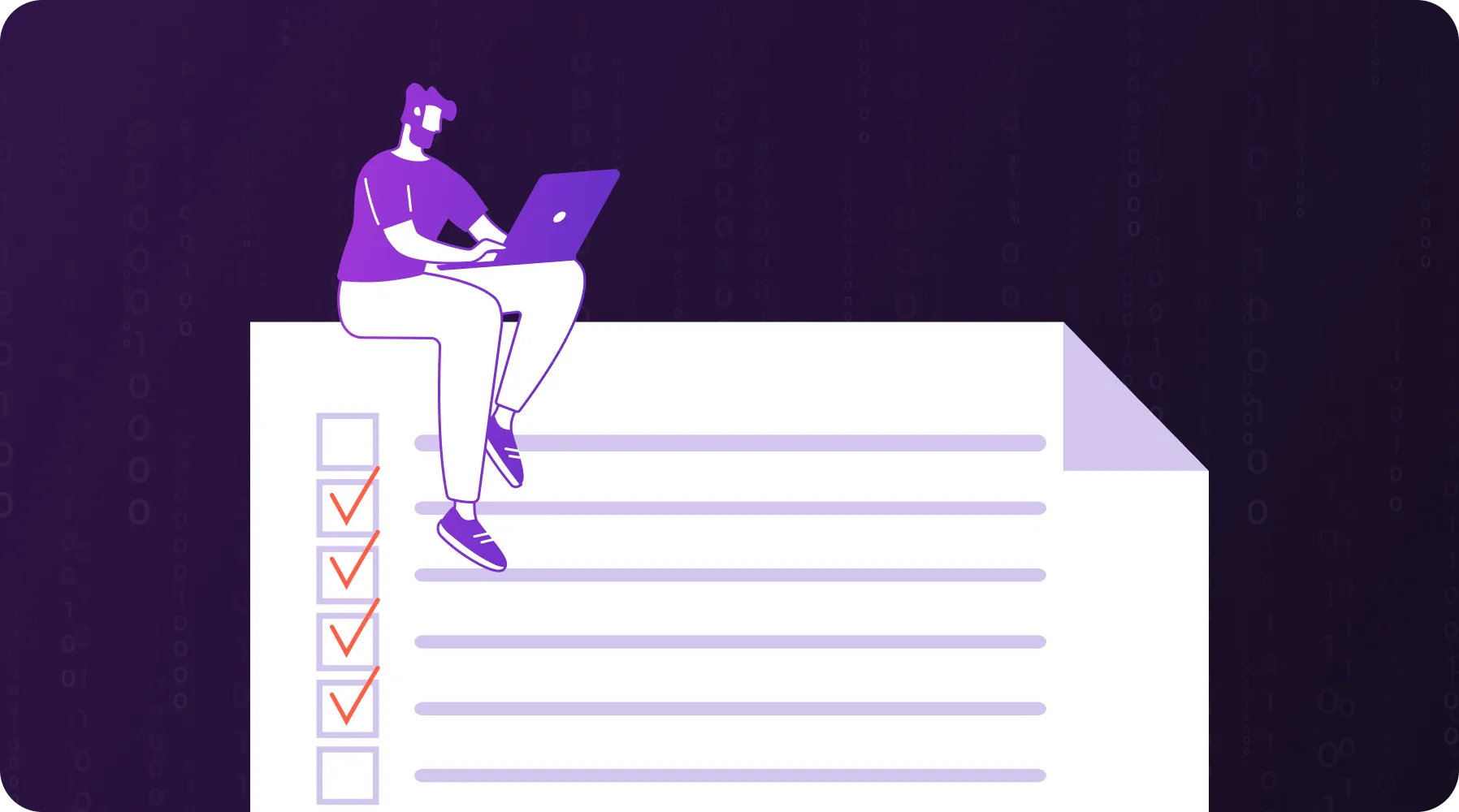Top healthcare IT outsourcing companies in the USA

In recent years, healthcare IT outsourcing has become a top solution for healthcare organizations in the United States, and even in 2024, it still holds positions. Actually, the U.S. healthcare IT services market was worth $11.44 billion in 2023 and is expected to grow to $52.59 billion by 2033. This occurrence continues to grow because of the huge demand for solutions like Electronic Health Records (EHRs), telemedicine, healthcare data analytics, cloud computing solutions, AI-driven diagnostic tools, etc. It is essential for healthcare organizations of different sizes and types, like clinics, labs, fresh startups, and medtech companies that develop hardware.
Outsourcing helps organizations to allocate their resources more efficiently and enables them to invest in other critical areas such as patient care and service expansion. It also helps them avoid any issues connected with strict regulations, because outsourcing companies have expertise in building secure systems for data protection and privacy, so they stay updated with upcoming changes, and implement necessary updates to maintain compliance.
Generally, healthcare organizations in the USA often rely on IT outsourcing for solutions such as:
- secure hospital management systems;
- telemedicine platforms;
- medical billing software;
- data analytics tools;
- remote patient monitoring;
- mHealth apps;
- system integrations;
- secure cloud storage for sensitive data.
As the healthcare industry evolves, the necessity for improvement and expansion of IT services grows. This is where web and mobile app development, quality assurance testing, software development, and UI/UX design help meet this demand and improve patient care.
Moreover, AI is being integrated into healthcare technologies, providing advanced predictive analytics and automation. This means providers can streamline administrative tasks and improve patient outcomes.
It is more effective to combine the integration of technology and design simultaneously, so when a company handles both development and UI/UX design, it ensures smooth collaboration between teams, helps to detect early issues and reduce the risk of rework or delays. This approach keeps the project on track, improves cost efficiency by minimizing operational expenses, and provides flexibility for adjustments based on client needs. Plus, it helps to match the final product with the original design vision.
If you are looking for outsourcing companies, we suggest you take a look at the top 10 IT outsourcing companies in the USA, with a wide selection of services that focus on healthcare organizations.
Top 10 healthcare IT outsourcing companies in the USA
1. Darly Solutions
Darly Solutions stands out in healthcare IT outsourcing because our full-cycle approach covers everything from UI/UX design to software development and quality assurance. Darly Solutions supports a wide range of healthcare providers, from medical startups to SMEs, including clinics, labs, hospitals, pharmaceutical companies, and diagnostic centers. Additionally, we provide software for medical hardware, such as CT scanners, mammography machines and other diagnostic equipment.
Our company ensures smooth communication between teams and fast project delivery. We can create reliable healthcare solutions such as EHR/EMR, telemedicine platforms, mHealth apps, SaMD, medical billing software, custom MVP solutions, AI-powered healthcare tools, patient portals, hospital management systems, and more.
Our ability to combine development and UI/UX design reduces project costs and speeds up delivery timelines. We also offer mobile app development for both medical professionals and patients so that you can enjoy your experience across iOS and Android platforms, too.
Moreover, we provide project management services such as managing remote teams, overseeing software development, and more to help healthcare providers maintain a seamless development process.
We guarantee high quality, innovative IT solutions, and reliable cooperation by providing a full range of services for the healthcare sector.
2. Lifepoint
With years of experience in the industry, Lifepoint offers healthcare software development services that improve the efficiency of medical operations. Their expertise covers areas like cloud-based systems, data management, and healthcare compliance solutions, which help healthcare organizations monitor processes while maintaining high standards of patient care. Lifepoint's technology ensures seamless integration across multiple platforms, which can help clients boost outreach and guarantee regulatory compliance.
3. Bitcot
Bitcot offers a range of healthcare software development services. They specialize in AI and automation to streamline data management and predictive analytics. Moreover, the company provides consulting and strategy services, they guide clients through technology choices and implementation plans ensuring compliance and security of all healthcare needs. Their system integration services unify disparate systems, while legacy software modernization improves performance and security.
4. Binariks
Binariks provides healthcare software development services and offers custom solutions like telehealth, remote patient monitoring, and cloud-based infrastructure. They focus on developing SaMD and hospital management systems, as well as EHR/EMR and CDMS software. Binariks also builds healthcare insurance solutions, automating interactions between insurers, healthcare providers, and governments.
5. Ntiva
Ntiva offers healthcare IT services that help healthcare providers meet regulatory requirements like HIPAA compliance. They ensure secure, compliant IT solutions and thoroughly understand best healthcare industry practices. Ntiva also improves multi-location workflows by consolidating systems for secure, centralized access across multiple offices. Additionally, they offer data backup and recovery services to protect patient information and maintain business continuity.
6. Scopic
Scopic is a healthcare software development company that has over 16 years of experience. They offer custom solutions for the healthcare industry and use an 8-step workflow to deliver their projects. The process starts with gathering project requirements through a free consultation, then they analyze, make a detailed planning, and go through execution, testing, deployment, and ongoing support. They also offer digital marketing services to improve outreach in the healthcare sector.
7. Glorium Technologies
Glorium Technologies suggests healthcare software development services and focuses on mHealth applications, mental health and meditation app development, medical device software, and IoT healthcare solutions. Their expertise supports healthcare providers in creating digital health tools to improve wellness and streamline medical device functionality.
8. Interexy
Interexy develops healthcare mobile apps for medical professionals and patients. Their solutions integrate seamlessly into the broader healthcare ecosystem and work with pharmacies, prescription systems, and EHR mechanisms. Interexy delivers custom app development to improve homecare and medical services.
9. Velvetech
Velvetech supports a huge list of healthcare organizations, including hospitals, clinics, and pharmaceutical companies. Also, they help medical device manufacturers, biotech, and life science companies accelerate product delivery through innovative software and hardware solutions. For diagnostic centers and medical research, Velvetech offers tools to streamline data management and research efforts. They also provide IT solutions for dental providers and medical education centers.
10. Enterbridge
EnterBridge offers solutions for custom healthcare software development, like Robotic Process Automation (RPA), to automate manual tasks and reduce human error. They also provide tools for mobile workforces, particularly for in-home care, and enable seamless connectivity and centralized data access for better patient care.
Conclusion
When you choose an IT company for outsourcing, we recommend to focus on service providers that offer flexibility, quick delivery, seamless integration, and full-cycle development.
If you need a reliable IT partner for healthcare software development, contact Darly Solutions and get solutions that meet your business needs.
FAQ
Connect with us
.webp)
We are a tech partner that delivers ingenious digital solutions, engineering and vertical services for industry leaders powered by vetted talents.


.webp)

.webp)
